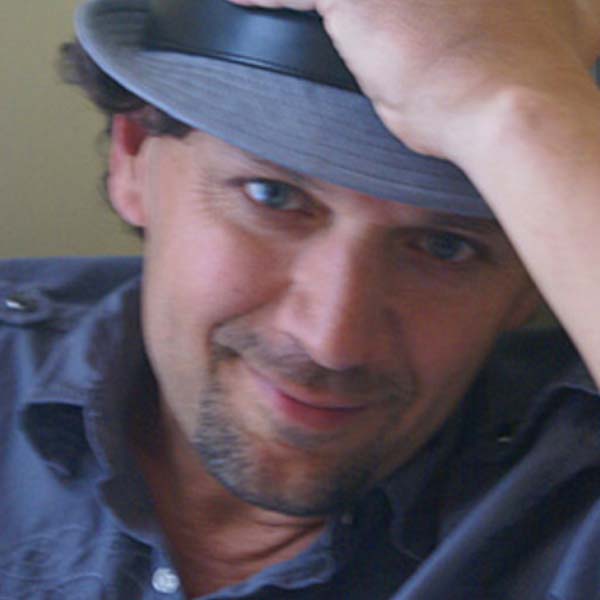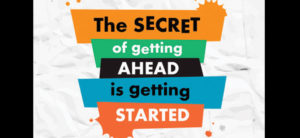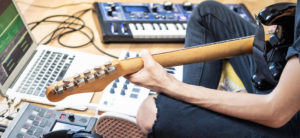by Marty Dodson
Feb 2, 2024
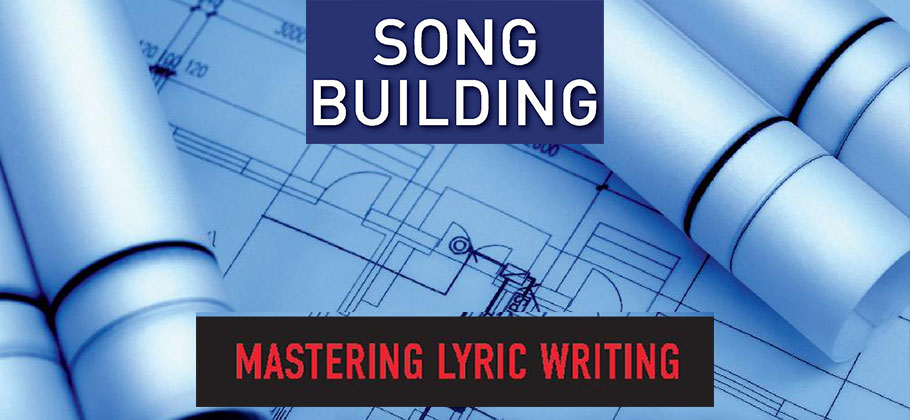
Something that has changed my songwriting in a radical way is a technique I call blueprinting your song.
When you’re building a house, you hope that the builder is working from a good blueprint. That’s really the only way to make sure that the house you wind up with is the house you intended to build. In songwriting, too often, writers just start “building” the song with no real plan for what they want to say or how the song will turn out. That is no more likely to result in a great song than a builder just building whatever he feels like in the moment is going to wind up with a great house.
No single skill has changed my songwriting in a more radical way than blueprinting. With this technique, I’ve developed into a much better communicator with my lyrics and it has cut my writing time in half (writing fast is not a goal, but it doesn’t hurt to save time). It also stops me from ever getting stuck when I’m trying to write verse 2. And it helps me get all of my co-writers aligned if I’m writing with other people. That’s a lot of bang for your buck if you are wanting to level up your songwriting.
If you learn to do blueprinting well, I predict you will experience the same results.
Before I began the blueprinting technique, I often struggled to complete a song in one session.
In the past, co-writing often felt like herding cats. Someone would throw out a line late into the co-write, and I would say, “I don’t understand how that line goes with what we are saying.” It would turn out that my co-writer(s) and I had been writing different songs all day. They might have had completely different ideas about the storyline than I had, and we were having a hard time because we did not have a clear, shared idea of where our song was going.
Enter blueprinting. Once I started using this technique, I was able to get everyone in the room on the same page BEFORE we started writing. That’s why we wrote faster. We were all writing the same song – from the start. I discovered that having a 15 minute discussion and coming up with a blueprint before we started writing saved me HOURS of writing time.
So, are you interested in blueprinting your song?
I hope so! I’m going to give you step-by-step instructions and, with practice, you can master the skill of blueprinting. The idea behind the blueprinting technique is that you come up with ONE big idea for each section of your song. It’s important to note that your blueprint should not specify what you are going to SAY. The blueprint will define what you want to COMMUNICATE.
In fact, if you write down what you are going to say, then you have limited yourself. A good blueprint will open the door to creative writing. A bad one will limit you. If you do your blueprint well, you can find many ways to say what you are trying to communicate. I’ll walk you through an example.
If you read the lyrics to my song “Must Be Doin’ Somethin’ Right” (which was a No. 1 for Billy Currington), I can show you what I mean.
The big idea for the song generally goes into the chorus. In fact, this is true 99.9% of the time in most popular genres. The big idea for “Must Be Doin’ Somethin’ Right” was “I must be doing something right because I’m getting good feedback.” So, we had to think about how we wanted to set that idea up in verse 1. We decided on the idea, “Women are hard for men to understand.” We thought that idea set up our chorus idea really well.
So, our blueprint began to take shape.
Verse 1: Women are hard for men to understand.
Chorus: I must be doing something right because I’m getting good feedback.
Notice that my title is in the chorus blueprint. Also note that my blueprint ideas are complete sentences. Incomplete sentences often breed incomplete thoughts in your lyric. Always make sure that your title is in the chorus blueprint and that you use complete sentences.
So, we had our blueprint for our first verse and chorus. Then, we had to think about where we would go in verse 2 to take our big idea even further. (I talk about this idea further in another blog where I discussed the job of each part of the song.) The job of the second verse is to take the big idea and either take it farther or take it somewhere new.
I always ask myself as we start working on the blueprint for verse 2, “What now? What comes next?” We decided that our lovable, bumbling man in the song was just going to ask her what he could do to be a better lover. So, the big idea for verse 2 was born and our blueprint looked like this:
Verse 1: Women are hard for men to understand.
Chorus: I must be doing something right because I’m getting good feedback.
Verse 2: Show me how to love you better.
That blueprint met all of the qualifications for a good one. Every statement is a complete sentence. We had our title in the chorus blueprint. And we had defined what we wanted to communicate, which left us a world of possibilities in regard to how we would communicate those ideas.
I usually don’t use the blueprinting your songs
technique in a bridge, because many popular songs these days don’t have one. Also, I don’t ever include a bridge unless it is 100% essential to my song. My first publisher, Kim Williams, used to say, “Don’t build a bridge unless there’s a river to cross”. So, our blueprint was done and we decided to just see if we needed a bridge when the time came.
Notice several more things about blueprinting your songs:
- It’s simple.
- Each section is a new thought.
- The blueprint for verse 2 takes the song deeper. In this song, it’s deeper because he’s not content to be a decent lover, he wants to be a GREAT lover. That idea, it turns out, really appeals to women.
- Each section is in the same “voice” that the song is in. In verse 1, we’re making a general statement. Then we start talking TO her in the chorus and it remains that way throughout.
- The verse statements all point to our chorus idea well. They set it up.
Those are all important factors. As you practice the blueprinting your songs technique, be sure to give yourself the five-point checkup and make sure your blueprints meet each of those criteria in addition to being complete thoughts and having the title in the chorus blueprint. If you compare the blueprint to the actual lyric we wrote, you’ll see how we chose to write the lyric to each of our blueprint sections.
If you want to learn more, check out the book on lyric writing called , “Song Building: Mastering Lyric Writing.”
Now, I want to tell you how I use this technique in the “real world.”
When I’m writing alone, I sit down and write out my blueprint before I start writing the song. I try to really give the blueprint some serious attention and explore many different ways to develop my idea. One big mistake I see writers make all the time is that they rush the blueprint and take what I call the “first exit off the interstate”.
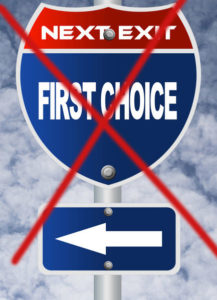
By this, I mean that they just write their blueprint and their song in the first, most obvious, way they think of. When you do that, you are giving your idea less than it deserves. Plus, you are probably writing that idea the same way that almost everyone in the world would write it. Hit writers spend a lot of time trying to come up with unique angles and directions for their ideas.
In the co-write with Jason Matthews writing “Must Be Doin’ Somethin’ Right,” Jason got inspired and threw out some lines. After settling on the title, I did a quick blueprint in my head and simply said, “What if we talk about how mysterious women are to men in verse 1, then talk about him getting good feedback in the chorus and verse 2 could be about him wanting to learn to love her better?” Jason agreed, and we were off the races. We had a plan for what we wanted to communicate in each section, and we wrote the biggest song of our careers in about 90 minutes.
We didn’t stop and have a formal discussion or put our blueprint on paper.
But, we did get clarity on what we wanted to communicate in each section before we started. As we wrote, that blueprint kept us on target. It helped us know where a line belonged if someone threw out a great one. If I threw out a great line about her showing the singer how to love her better in verse one, Jason could remind me that I was stepping on our blueprint idea for verse two and we could save the line for that section. Blueprinting can solve so many writing and co-writing problems!
Give the blueprinting technique a try. Practice with some of your titles and give thought to how you want to develop each section. Do it well and you’ll know what verse 2 is about before you even get there. Never getting stuck on a second verse again is well worth learning to blueprint well all by itself!
Write on! ~ MD
share
Write Better Songs Faster
Songwriting Success is Clay & Marty's 10-day video series that will help you level-up your songs and finish them faster. Enter your email address to get started!
